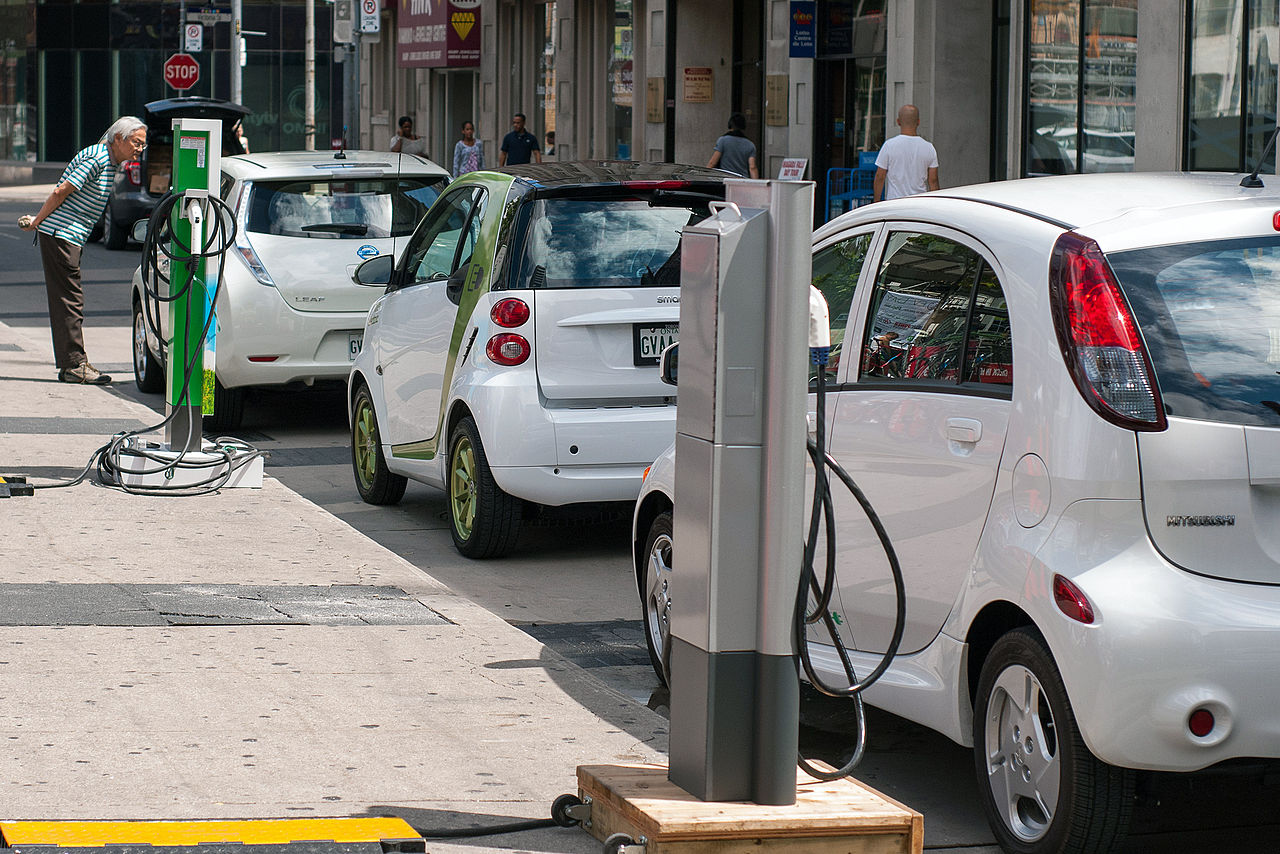Although any moving machine using electricity as its primary source of power is an Electrical Vehicle (Car, Scooter, Bus, Tractor, Tram, Train etc.) and has a long history, starting from 1834, it had ruled the world of mobility in early 1900 because of their superiority over ICEV of that time. Even early EVs had lesser NVHS (noise, vibration, harshness & smell) levels as well as had much fewer rotary parts with no gear change and did not require a hand crank to start. Over the time in common terminology EV became synonymous with a 2W/ 4W.
However, because of their inherent much better qualities and features, the EVs never lost their charm, parallel development to find a magic EVs were always on. This led to development of EVs based on technologies like Battery (BEV), Hybrid (HEV), Plug-In Hybrid (PHEV) & Fuel Cell (FCEV) which evolved over the next few decades. It was only a matter of the right time when EVs could bounce back.
Rise from Ashes
Between 1940~1980 few unrelated incidents like the Gulf Oil Crisis (1970) as well as inventions of MOSFET (1959) and development of lithium-ion batteries (1980) lead to revival of EVs. With continual improvement in performance, battery technology and fall of their prices, interest began to pick up from 2000 onwards. Tesla in early 2000, like Ford in early 1900, has been a pioneer to single-handedly push the EVs forward by investing heavily in its Giga Factory for EVs. In 2008, it developed the cutting-edge battery technology as well as efficient powertrain needed for its EVs. When Tesla designed the world’s first-ever premium all-electric sedan (Model S) combining safety, performance, and efficiency, the revival of EV was ensured. Following Tesla, as the interest and demand of EVs started rising globally, many old guards with deep pockets and many more new players started appearing on horizon.
Future of EVs & Connected & Autonomous EVs (CAEVs)
With the now great acceptability, durability, and reliability of EVs which are getting combined seamlessly with Internet/ IoTs, Connected and Autonomous Electric Vehicles (CAEVs) are the natural successors of EVs. These future CAEVs can provide a well-controlled & coordinated transportation system in the futuristic smart cities. They will be self-governed, self-driven, self-controlled, self-corrected, requiring least human interference for mobility. While on move, these CAEVs could access a wide range of networked data from the cloud to become more proactive, well-informed, and coordinated. When connected to the highly complex real-time data network of the future, these CAEVs would be able to “talk” with each other as well their surroundings to become an integral part of the live consciousness of smart cities forming a parallel mobility network. Apart from these CAEVs, this smart mobility network will comprise of smart roads, smart signals, smart parking as well as real-time local terrain and geographical information, weather conditions and live traffic data with their real time projections of different near future time. With such churning of data coupled cloud computing as well as their own computation capacities, these CAEVs will be able autonomously work out the best, most comfortable, economical & safer mobility solution for driving the humans traveling with them to their destination.
Thus in the future, these CAEVs would create more free time for people, enhance traffic safety, improving accessibility & flexibility & potentially making it easier for policymakers to make an effective policy for overall mobility solutions based car-sharing and ride-sharing models in which these CAEVs will be made available on time sharing basis whenever demanded which will help in reducing multiple mobility issues to which people are seriously exposed while travelling.
In the new eco-system of Society 5.0 comprising of smart cities, these CAEV will be seamlessly integrated, becoming an integral part of the smart cities where these CAEVs are going to play a highly dynamic role by interacting & interfacing with their surroundings, accessing forecasted information and then providing most optimum mobility solutions to people interacting with them. In this future, there will be many expected and unforeseen potential benefits and also challenges both to users in Society 5.0 as well as to CAEVs themselves which will surely get addressed with time.
CAEVs are projected to be the next gold standard of mobility, transforming the automotive industry, city development, and the whole gamut of social infrastructure that we see today. CAEVs are a certainty and it is only a matter of time when they become a part of human lives. It would be an interesting phase of transformation for both the automotive industry as well as the whole society we live in, probably much more interesting than the time of ICEVs arrival in early 1900.
Prabhat Khare is the Director of KK Consultants.
